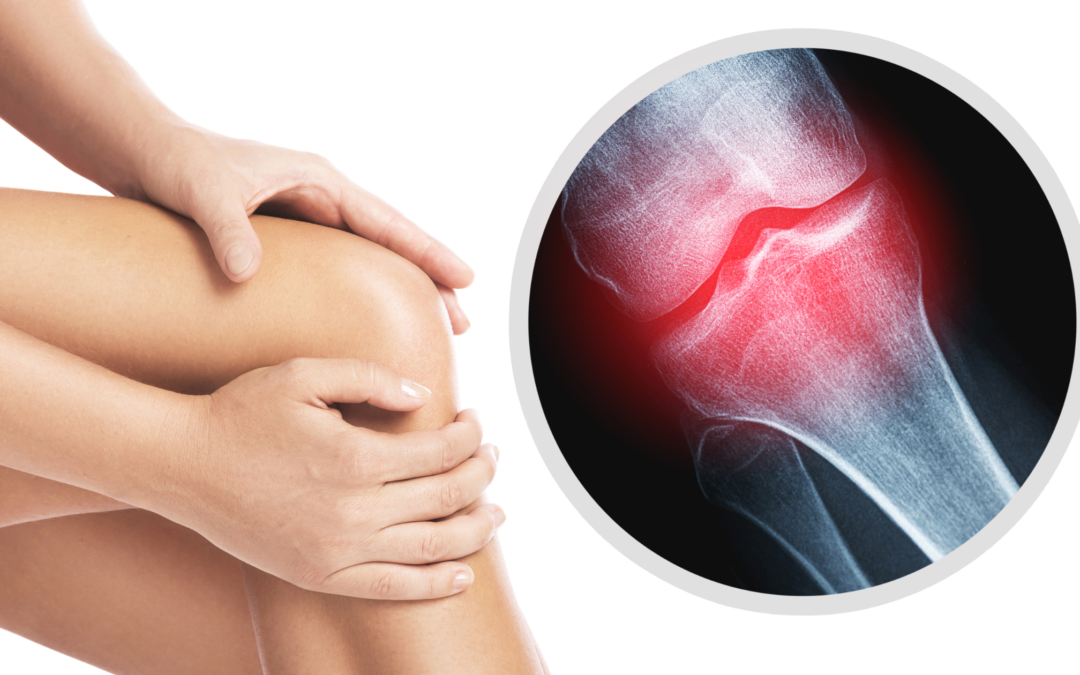
Apr 14, 2025
Joint pain can be a daily struggle, affecting everything from simple walks to sleep and overall quality of life. For many, traditional treatments like physical therapy, medications, or even surgery provide only limited relief—or come with side effects and long recovery times. That’s where regenerative medicine steps in, offering innovative options like Platelet-Rich Plasma (PRP) and Cell Therapy. These treatments harness the body’s own healing powers to target the root of joint pain, not just mask the symptoms.
If you’re curious about how PRP and Cell Therapy work, and whether they might be right for you or someone you love, read on. We’ll break down the science in simple terms and explore how these therapies are changing the way we treat joint issues.
What Causes Joint Pain?
Joint pain can stem from many sources: injury, overuse, inflammation, arthritis (especially osteoarthritis), or even simple aging. The cartilage that cushions joints can wear down, tendons and ligaments can become inflamed or torn, and the surrounding tissues may degenerate over time.
Traditionally, options like corticosteroid injections or anti-inflammatory drugs have been used to reduce pain. However, these don’t actually repair damage—they just offer temporary relief. That’s where regenerative therapies like PRP and cell therapy stand apart: they aim to stimulate healing, not just dull the pain.
What Is PRP Therapy?
Platelet-Rich Plasma (PRP) therapy is a treatment that uses a concentration of your own platelets to accelerate healing in damaged joints and tissues.
How It Works:
- Blood Draw: A small amount of your blood is drawn—similar to a standard lab test.
- Separation: The blood is spun in a centrifuge to separate the platelets from other components like red and white blood cells.
- Injection: The resulting platelet-rich plasma is injected directly into the affected joint.
Platelets are best known for clotting blood, but they also contain growth factors—powerful proteins that promote tissue repair, reduce inflammation, and stimulate cell regeneration. By injecting a high concentration of these growth factors directly into the joint, PRP therapy encourages the body to repair itself.
What It’s Used For:
- Osteoarthritis (knee, hip, shoulder)
- Tendonitis
- Ligament injuries
- Cartilage damage
- Sports injuries
What Is Cell Therapy?
Cell therapy—often referred to as stem cell therapy—uses the body’s own cells to rebuild and repair damaged tissues. These aren’t embryonic stem cells but rather adult stem cells, typically derived from bone marrow or adipose (fat) tissue.
How It Works:
- Harvesting Cells: Cells are collected from your own body, usually from the bone marrow in your pelvis or fat tissue in the abdomen or thighs.
- Processing: The cells are processed and sometimes combined with PRP to enhance their effectiveness.
- Injection: The mixture is injected into the painful joint under ultrasound or fluoroscopic guidance.
These cells have the ability to differentiate—meaning they can transform into other types of cells, such as cartilage, bone, or tendon cells. They also release molecules that reduce inflammation and promote healing at the cellular level.
What It’s Used For:
- Moderate to severe osteoarthritis
- Cartilage degeneration
- Chronic joint inflammation
- Joint injuries that haven’t healed with traditional treatments
PRP vs. Cell Therapy: What’s the Difference?
| Feature |
PRP Therapy |
Cell Therapy |
| Source |
Platelets from your blood |
Stem cells from bone marrow or fat |
| Mechanism |
Stimulates healing with growth factors |
Repairs tissue by regenerating new cells |
| Best For |
Mild to moderate joint damage |
Moderate to severe degeneration |
| Invasiveness |
Minimally invasive |
Slightly more invasive (requires tissue harvesting) |
| Cost |
Lower |
Higher |
Think of PRP as a “booster” that speeds up healing, while cell therapy is a “builder” that can regenerate more extensive damage.
What to Expect from Treatment
Procedure:
Both PRP and cell therapy are usually done in an outpatient setting. The procedures typically take 1-2 hours. Since your own cells are used, the risk of allergic reactions is minimal.
Recovery:
- PRP: Mild soreness for a day or two; most people resume normal activity within 24-48 hours.
- Cell Therapy: Slightly longer recovery time due to the harvesting process; some patients may need a few days of rest.
Results:
- Most patients report a gradual reduction in pain over weeks to months.
- Improvements can last anywhere from 6 months to 2 years or more.
- Outcomes vary depending on the severity of the condition, overall health, and adherence to post-treatment guidelines like physical therapy and lifestyle changes.
The Science Behind It
PRP and cell therapy are backed by a growing body of research. For example:
- A 2020 study published in American Journal of Sports Medicine found that PRP injections significantly improved symptoms in patients with knee osteoarthritis over a 12-month period.
- A 2021 meta-analysis concluded that stem cell therapy showed consistent results in improving joint function and reducing pain in osteoarthritis patients, especially when used early in disease progression.
While not a miracle cure, these therapies are helping people delay or even avoid surgery, including joint replacement.
Is It Safe?
Yes—for most patients, PRP and cell therapy are considered safe and well-tolerated. Because the materials come from your own body, the risk of infection or rejection is extremely low. However, like any medical procedure, results aren’t guaranteed, and not everyone is a good candidate.
It’s crucial to consult with a medical provider who specializes in regenerative medicine to determine if these treatments are appropriate for your condition.
Is It Covered by Insurance?
Unfortunately, most insurance companies don’t yet cover PRP or cell therapy, viewing them as experimental. That’s slowly changing as more evidence emerges. Costs can range from a few hundred dollars (for PRP) to several thousand (for cell therapy), so be sure to ask for a cost estimate before committing.
Who’s a Good Candidate?
You might be a good candidate for PRP or cell therapy if you:
- Have chronic joint pain that hasn’t improved with rest, therapy, or medication
- Want to avoid or delay surgery
- Are in good general health
- Are not a smoker (smoking reduces healing)
- Are not severely immunocompromised or on blood thinners
The Future of Joint Pain Treatment
PRP and cell therapy offer a promising new frontier in the treatment of joint pain. These regenerative therapies don’t just cover up symptoms—they tap into the body’s natural ability to heal, rebuild, and regenerate. While they’re not a replacement for all conventional treatments, they can be a powerful tool in the journey to pain relief, better mobility, and improved quality of life.
If joint pain is holding you back, it may be time to consider a regenerative approach. Consult a knowledgeable provider to explore whether PRP or cell therapy is the right path for you.
Disclaimer: This article is for informational purposes only and should not be taken as medical advice. Always consult with a qualified healthcare provider for diagnosis and treatment recommendations.
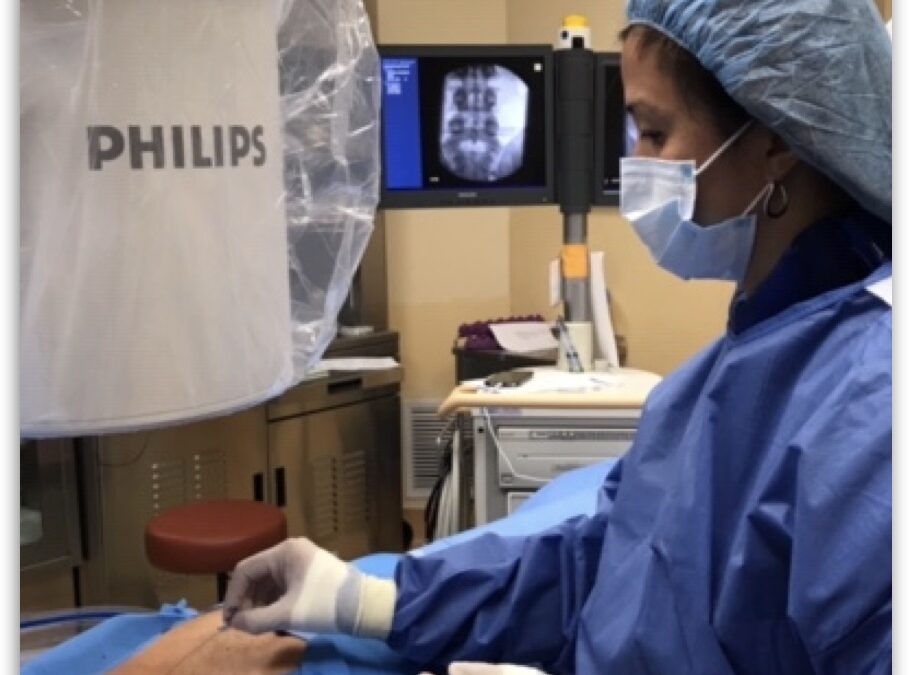
Mar 6, 2024
Congratulations to Dr. Ambach who is one of the investigators in this landmark study and co-author of the paper. This is a multi-center randomized placebo-controlled clinical trial using platelet rich plasma (PRP) and Bone marrow derived cells to treat degenerative disc disease in the lumbar spine. These cells were derived from the patient’s own blood and bone marrow. The study was able to show safety and superiority of PRP and Bone marrow derived cells over placebo in treating low back pain due to degenerative disc.
Read the full paper here: https://pubmed.ncbi.nlm.nih.gov/38285032/
SEE MORE: The Safety and Effectiveness of Orthobiologic Injections for Discogenic Chronic Low Back Pain
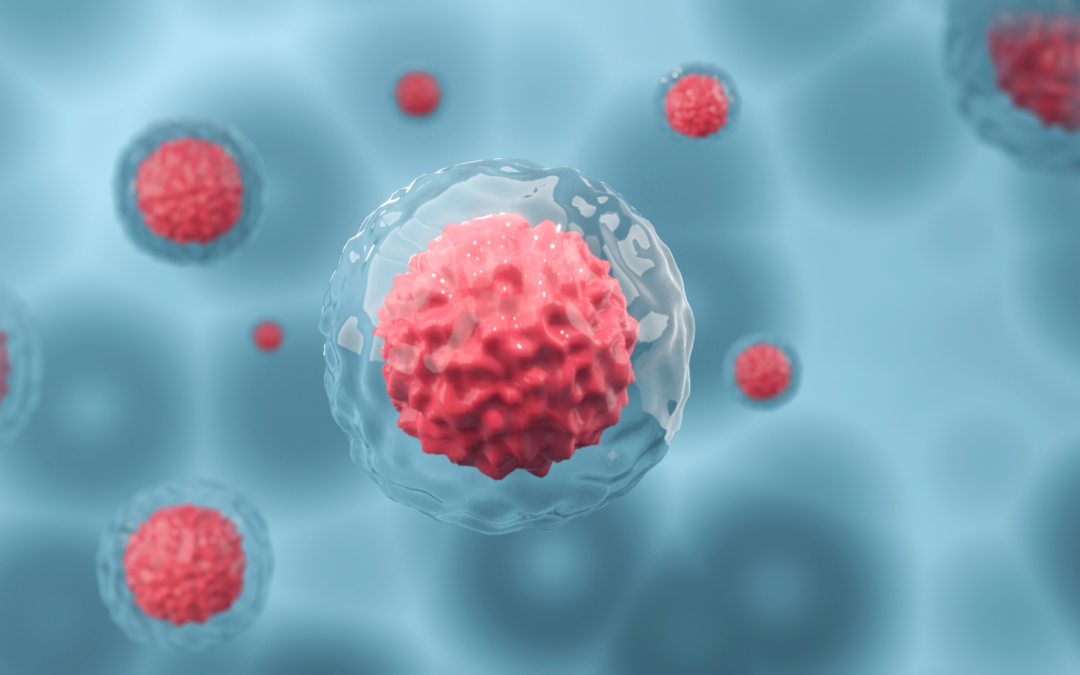
Jun 23, 2023
We want to make you aware of a public health risk that has emerged in San Diego – the illegal sale of fetal tissues for orthopedic conditions. As a result, the FDA and Federal Trade Commission have issued these warnings:
- FTC Hold Companies Accountable for Deceptive Claims Regarding Stem Cell Therapy
- United States of America Department of Health and Human Services: FDA’s Regulatory Oversight of Regenerative Medicine Products
What is Wharton’s Jelly?
Wharton’s jelly is a tissue within the umbilical cord – the tube connecting a developing fetus with its mother’s placenta. It contains blood and cells that are claimed to useful for orthopedic conditions. But, because it comes from a donor’s body there are multiple safety concerns. Several medical clinics in San Diego now sell Wharton’s jelly injections to their patients, making unsubstantiated claims about its safety and efficacy. We would like to share several issues with this illegal practice with you.
Is Wharton’s Jelly Safe?
The safety of Wharton’s jelly in patients is unknown as no research studies on its use have been conducted in humans.
Is It Effective for Arthritis?
Again, this is unknown. There are no research studies on the efficacy of Wharton’s jelly for any orthopedic condition. Claims made to the contrary are simply unsubstantiated.
Is Wharton’s Jelly FDA-Approved?
The US Food and Drug Administration has issued guidance to physicians regarding the use of Wharton’s jelly. They maintain that Wharton’s jelly is a drug and requires FDA approval. But Wharton’s jelly is not FDA-approved because there are no studies on it’s safety or efficacy and physicians are not permitted to inject it into their patients.
Is my Doctor Permitted to Sell a Drug that is Not FDA-Approved?
Selling a drug that is not FDA-approved constitutes the sale of an illegal drug and may put patients at risk. The FDA has filed injunctions against medical practices that sell illegal drugs and the Federal Trade Commission has fined doctors who make unsubstantiated claims of safety or efficacy.
Is there Any Scientific Evidence for the Use of a Patient’s Own Cells in the Treatment or Orthopedic Conditions?
There are several FDA-compliant, cell-based therapies available to patients with orthopedic conditions. These treatments use a patient’s own cells and include: platelet-rich plasma (PRP), micro-fragmented adipose tissue (MFAT), and bone marrow aspirate (BMAC). These non-surgical treatments have substantial scientific evidence to support their safety and efficacy for several types of orthopedic conditions.
_______________________________________
The physicians at SDOMG are board certified, fellowship-trained and nationally recognized experts in using a patient’s own cells to treat orthopedic conditions. We only offer FDA-compliant therapies with substantial scientific evidence for safety and efficacy. If you have any questions about our innovative therapies, please call us for a consultation today. Please use the form to get in touch with our team, or use the contact information listed below.
Thank you and stay safe,
San Diego Orthobiologics Medical Group
6125 Paseo Del Norte, Suite 100
Carlsbad, CA 92011
(760) 909-2355
[email protected]

Feb 6, 2022
Whether due to degenerative arthritis or injury, the Agency for Healthcare Research and Quality reports that more than 450,000 total hip replacements are performed in the United States every year.[i]
Even though this is major surgery and requires hospitalization and lengthy rehab, many patients who suffer from chronic hip pain believe they have no other options.
Thanks to the advances in the field of regenerative medicine, they do.
Why Do My Hips Hurt?
Hip degeneration or tissue damage can result in pain, tenderness, “clicking” and reduced range of motion. Pain can be localized in the front, side, or back of the hip.
Hip pain can have many causes, including:
- Degenerative osteoarthritis. Occurs when the cartilage between the bones of the hip joint begins to break down, usually with age.
- Tendon tears and tendinosis. Overuse may result in a tear or degeneration of the tendons, the thick bands of tissue that attach the hip bones to neighboring muscles.
- Muscle or tendon strains. Often the result of repetitive motions that stretch the muscles, tendons, and ligaments that support the hips.
- Hip labral tear. The labrum is a ring of cartilage that covers the outside rim of the hip socket. It cushions the joint and helps hold the femur (thighbone) ball within your hip socket. Anyone who makes repetitive twisting movements of the hip joint can develop labral tears.
- Obesity. Carrying extra weight puts tremendous pressure on the hips and can significantly hasten joint degeneration.
- In some cases, congenital abnormalities may also cause hip pain, as can previous surgery or trauma.
Using the Body’s Natural Healing Abilities to Treat Hip Pain
For those suffering from chronic hip pain, regenerative biologic therapies are providing new hope for pain relief without major surgery.
Regenerative medicine specialists use the natural healing properties in the patient’s own cells to stimulate healing of damaged tissues, reduce inflammation, and in some cases, promote the growth of new cells.
There are two types of regenerative biologic therapies used in clinical practice to treat orthopedic conditions, including hip pain.
- Platelet Rich Plasma (PRP): A concentrated solution of platelets derived from the patient’s own blood which contains a significant amount of growth factors and proteins that promote tissue regeneration, decrease inflammation, and encourage blood vessel formation.
- Cell-Based Therapies: Cells taken from the patient’s own fat tissue (Microfragmented Adipose Tissue) or bone marrow (Bone Marrow Aspiration Concentrate) which contain adult stem cells that have the unique ability to renew themselves and develop into other cell types which promote tissue healing. These cells control pain, decrease inflammation, and fight infection.
How are these Biologic Therapies Performed?
Biologic therapies are injection procedures. Blood, bone marrow, or fat tissue is collected and processed, and then injected into the injured tissue on the same day. These procedures are performed on an out-patient basis and recovery begins at home within hours of the treatment. There are no large incisions, no lengthy hospitalizations, or rehab stays involved.
Most hip tendon injuries and osteoarthritis respond well to these orthobiologic treatments. Factors such as the degree of injury or degeneration, as well as the patient’s overall health, can impact the final outcomes, but for patients weighing invasive surgery, orthobiologics can provide an option for pain relief and healing without surgery.
To learn more about healing hip pain with biologic therapies, fill out the form below to learn more:
[i] https://orthoinfo.aaos.org/en/treatment/total-hip-replacement/
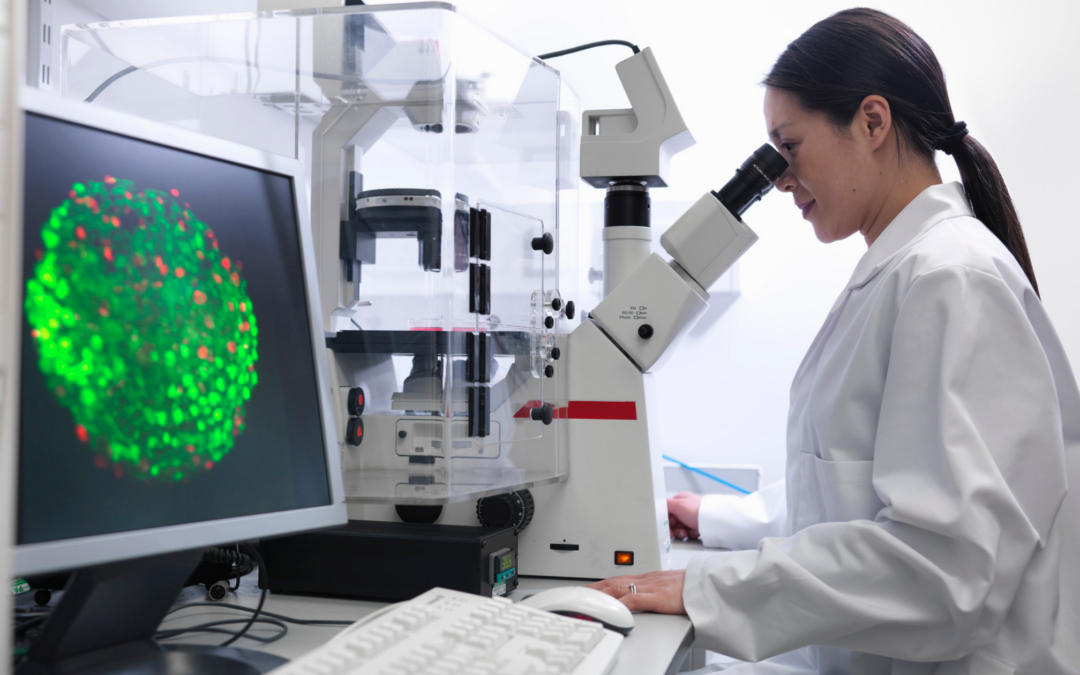
Nov 26, 2021
Medical research advances enable physicians to find new and innovative ways to use the body’s systems to fight disease and injury.
Regenerative medicine is a field of medicine that uses the body’s own cells and tissues to heal injuries and medical conditions. In the treatment of cancer the cells are used in immunotherapy, which involves modifying patient’s cells to fight the disease. In the field of orthopedics, regenerative medicine specialists use the patient’s own blood cells, bone marrow or adipose tissue to help the body boost its own natural healing properties. These are known as orthobiologics.
At the present time, FDA allows the use of autologous orthobiologics —which means the tissue or cells used must come from the same patient. Donor products are not allowed to be used in clinical setting unless it is used under the purview of a clinical trial. Read here on the FDA guidance on the use of human cells and tissues.
Cell-based Treatments for Orthopedic Conditions
There are two types of cell-based therapies that can be used to treat orthopedic conditions:
Bone Marrow Aspiration Concentrate (BMAC): Bone marrow-derived cells are collected from the back of the pelvic bone. The marrow contains mesenchymal stem cells which have the ability to renew themselves and differentiate into bone, tendon, cartilage and muscle cells. These make them an ideal therapy for treating orthopedic injuries such as tendon tears, worn cartilage, and degenerated disc disease. BMAC also contains important therapeutic cells, growth factors and proteins that stimulate the body’s natural ability to improve circulation, decrease inflammation and heal injured tissues.
Micro-fragmented Adipose Tissue (fat) Cells: Adipose-derived cells are collected from a fat sample usually from the buttock or abdomen. There is minimal manipulation of the tissue with no enzymatic digestion or addition of other biological or pharmacological agents. Fat or adipose tissue is rich in healing cells like mesenchymal stem cells or MSCs, growth factors and other proteins that can assist in healing tissues.
Why Consider Cell-Based Therapies?
There is increasing body of clinical research that demonstrates the safety and efficacy of Cell based therapies. A recent comprehensive report 1 based on actual clinical data collected from 65 physicians at 43 clinics in 25 states revealed that seventy percent of the patients treated with adipose tissue therapy reported a meaningful reduction in pain at 12 months following treatment and sixty-one percent of the patients treated with bone marrow aspirate reported a meaningful reduction in pain at12 months following treatment.
Micro-fragmented adipose tissue or bone marrow aspirate concentrate is a non-surgical treatment option that does not involve incisions, general anesthesia, hospitalizations or lengthy rehabilitation stays. This is an outpatient procedure performed in a doctor’s clinic using only local anesthesia.
Patients considering cell-based therapies should do their research in ensuring they get the best treatment. There are several important factors that can impact the effectiveness of these treatments. These include:
- Cellular product preparation: The patient’s bone marrow or fat tissue must be processed using FDA compliant devices and protocols. It must be prepared in a safe and sterile environment by medical personnel who are trained in the proper handling of these tissues.
- Delivery: The procedure must be performed by skilled physicians who are properly trained in this field. They must be able to perform these highly specialized injection techniques using imaging guidance to ensure that the cellular products are delivered to the site of injury.
- Experience: The field of regenerative medicine is changing daily and there are a limited number of specialists around the country who have the experience and technology to perform cell-based orthopedic treatments safely and effectively. Dr. Mary A. Ambach and Dr. Chris Rogers have decades of experience in using regenerative therapies and are nationally recognized experts in this field.
1Databiologics. An Overview of Regenerative Treatments for Orthopedic Conditions. 2021 Outcomes Report.
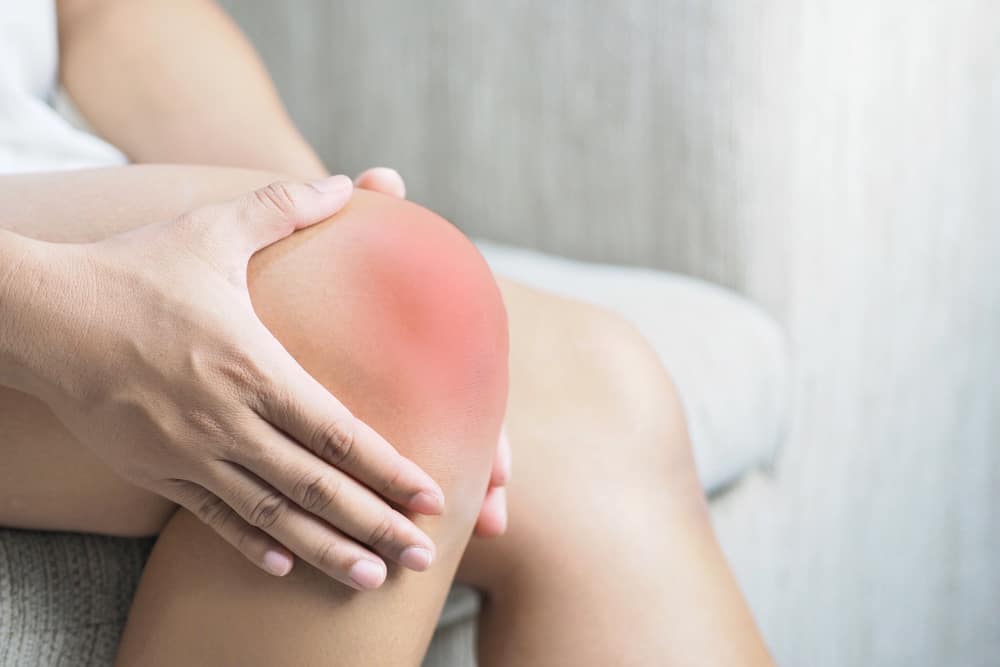
Nov 5, 2021
Prolotherapy, also known as proliferative therapy, is a treatment used to boost the body’s own natural healing capabilities to reduce inflammation, stimulate proliferation of injured tissue and relieve pain.
This is a minimally invasive therapy that involves injection of natural solutions to the injured tissue to stimulate healing. The main ingredient in the injection is dextrose, a sugar solution, which acts as an irritant to the body. The body reacts to the dextrose by stimulating repair and activating its natural healing abilities. The patient experiences relief as the injured tissue strengthens and heals.
What Conditions Can Prolotherapy Treat?
Prolotherapy can be used to treat any number of orthopedic conditions including:
- Osteoarthritis
- Ligament sprains
- Ligament laxity
- Tennis elbow
- Tendinopathy
- Sacroiliac joint ( SI joint) dysfunction
- Achilles tendinopathy
What Does Prolotherapy Entail?
Your physician will first complete an appropriate clinical evaluation and diagnostic testing to determine if you are a good candidate for prolotherapy. The procedure is a minimally invasive procedure performed in a medical clinic using local anesthesia. You may be asked to discontinue anti-inflammatory medications 3-5 days prior to the procedure. The procedure is performed using ultrasound or fluoroscopic guidance for precise localization of target and delivery of the solution. A small needle is used to inject the prolotherapy solution to the injured area using imaging guidance. Depending on the extent of the injury, a series of injections performed a few weeks apart may be needed for a successful treatment. You will be asked to take it easy for a few days and return to normal activity and exercises after 3-5 days. The procedure is very well tolerated with no downtime.
How Effective is This Type of Therapy?
Prolotherapy is a proven treatment that has been in use for more than 80 years and is practiced by physicians around the world. A review in the US National Library of Medicine of the National Institutes of Health evaluated 32 studies on dextrose prolotherapy for chronic musculoskeletal pain. It concluded that “dextrose prolotherapy has been demonstrated to be efficacious and should be considered as a treatment for pain and dysfunction associated with chronic musculoskeletal conditions, particularly tendinopathies and osteoarthritis.”[i]
A good review of prolotherapy treatments can be found here and here.
To learn more about SDOMG and how they have successfully utilized prolotherapy for more than three decades, fill out the form below:
Drs. Mary A. Ambach and Chris Rogers of San Diego Orthobiologics Medical Group have successfully treated hundreds of patients with prolotherapy and other cell-based treatments for more than three decades. Their state -of- the- art facility in Carlsbad offers the most advanced Regenerative Medicine treatments in San Diego with the highest level of safety and efficacy.
[i] https://www.ncbi.nlm.nih.gov/pmc/articles/PMC4938120/





